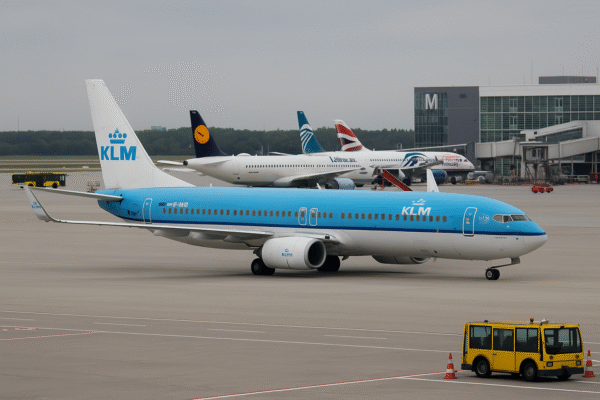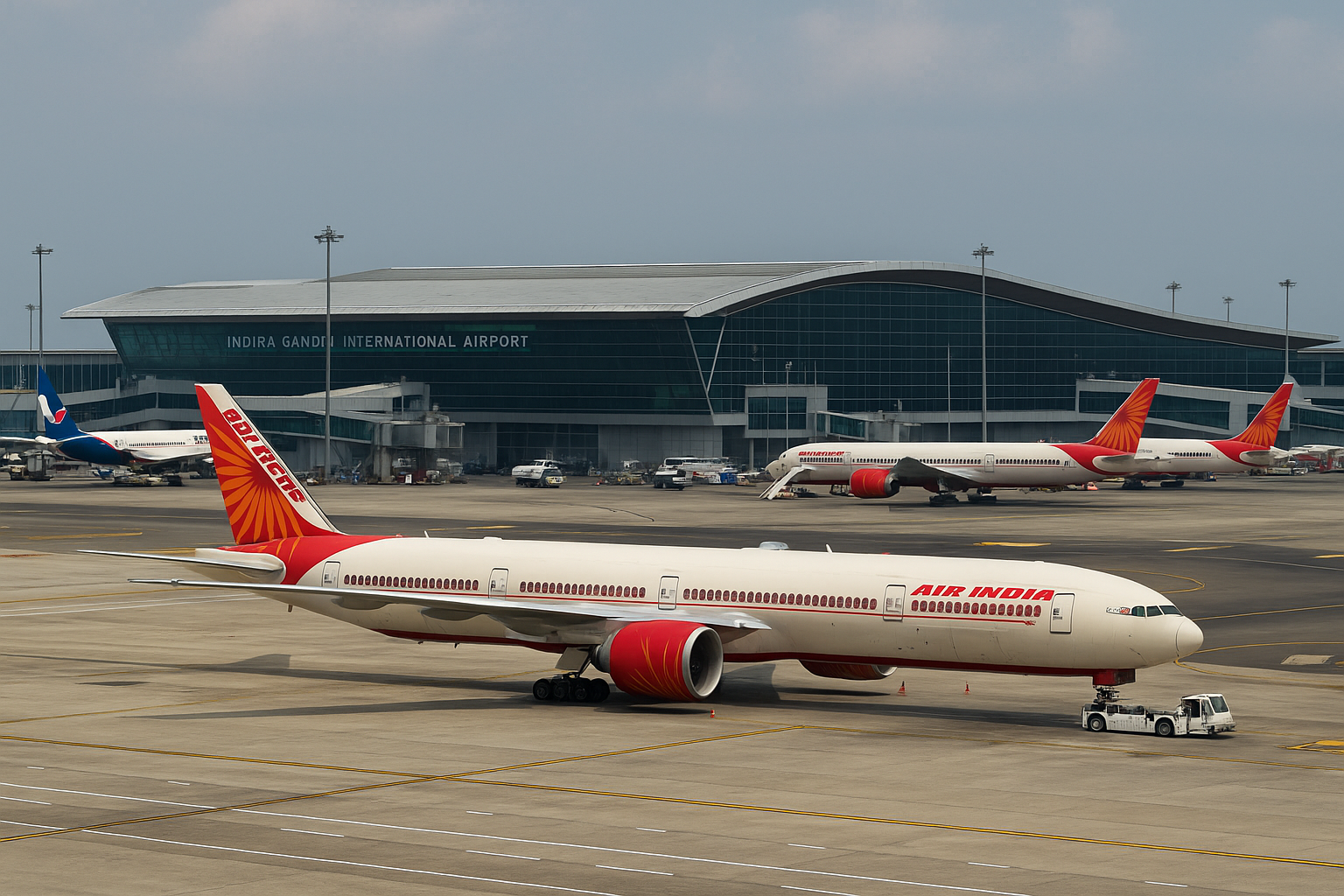Delhi Airport Becomes 9th Busiest in the World in 2024 with 77.8 Million Passengers, Marking a Milestone for Indian Aviation
India’s aviation sector has reached a significant global benchmark as Delhi’s Indira Gandhi International Airport (IGIA) emerged as the 9th busiest airport in the world in 2024, handling an impressive 77.8 million passengers, according to the Airports Council International (ACI). This announcement, based on ACI’s latest annual global air traffic report, solidifies Delhi’s position as a major international air travel hub and underscores India’s growing prominence in the global aviation landscape.
The achievement marks a notable ascent from 10th place in 2023, indicating robust growth in passenger traffic and showcasing the airport’s operational efficiency, upgraded infrastructure, and strategic connectivity. With this leap, IGIA continues to establish itself as a gateway not only to India but also to key global destinations across Asia, Europe, the Middle East, and North America.
A Global Leader Among Aviation Giants
The ACI report evaluates total passenger traffic—which includes domestic, international, and transit passengers—and ranks airports accordingly. Hartsfield-Jackson Atlanta International Airport in the United States topped the list, serving 108.1 million passengers, followed by Dubai International Airport (92.3 million), and Dallas/Fort Worth International Airport (87.8 million).
Delhi’s IGIA joins this elite list alongside Tokyo Haneda (Japan), London Heathrow (UK), Denver International (USA), Istanbul Airport (Turkey), Chicago O’Hare (USA), and Shanghai Pudong (China), demonstrating the airport’s rising role in global connectivity.
What’s Driving Delhi’s Aviation Growth?
The sharp rise in IGIA’s ranking reflects multiple factors fueling India’s aviation growth:
- Surge in domestic and international travel: Post-pandemic travel recovery has sparked strong demand from both leisure and business travelers.
- India’s economic momentum: Increased trade, tourism, and business links have expanded the need for enhanced air connectivity.
- Strategic geographic location: Delhi’s central positioning between Europe and Asia makes it a critical layover and transit point.
- Expansion of airline networks: Both Indian carriers such as Air India and IndiGo and global airlines are expanding their routes to and from Delhi.
According to data from India’s Ministry of Civil Aviation, passenger footfall across Indian airports grew by over 23% in 2024, with Delhi leading the charge. The introduction of new international routes, increased frequencies to key destinations, and infrastructure upgrades—including additional terminals and airside capacity—have contributed significantly to IGIA’s rapid passenger throughput.
Infrastructure Enhancements at IGIA
Operated by Delhi International Airport Limited (DIAL), a consortium led by GMR Group, IGIA has undergone extensive modernization and expansion over the past decade. Its Terminal 3 remains one of the largest in South Asia, while the newly inaugurated expanded Terminal 1 has increased its domestic handling capacity by over 40%.
The airport’s fourth runway, which became operational recently, enables faster aircraft movement and better on-time performance, especially during peak hours. Environmental sustainability has also been a focus, with IGIA being the first Indian airport to receive Level 4+ Transition accreditation under ACI’s Airport Carbon Accreditation programme.
India’s Rising Profile in Global Aviation
India’s civil aviation sector is now among the fastest-growing in the world, projected by IATA to become the third-largest aviation market by 2030. IGIA’s milestone reflects the broader ambitions of India to enhance regional and international air connectivity under the government’s UDAN scheme (Ude Desh ka Aam Nagrik) and public-private investment in airport infrastructure.
The Airports Authority of India (AAI) is also actively upgrading over 40 regional airports to meet growing passenger volumes, with significant investments allocated for capacity building and safety.
ACI’s Role in Benchmarking Airport Performance
The Airports Council International, headquartered in Montreal, Canada, represents over 830 airport members operating more than 2,180 airports across 170 countries. The annual passenger traffic rankings by ACI are considered one of the most comprehensive assessments of global air transport performance.
“The continued recovery and growth in global air passenger traffic is a strong indicator of aviation’s role in driving economic activity, connectivity, and tourism,” stated ACI World Director General Luis Felipe de Oliveira in the 2024 report.
According to ACI, the top 20 airports globally handled over 11 million aircraft movements in 2024, up 5.4% from the previous year, reflecting sustained recovery from pandemic-era disruptions.
Outlook for Delhi and Indian Tourism
Delhi’s ascent to the top 10 global airports by passenger traffic is not just an aviation feat—it also signifies the capital’s growing influence as a tourism and business hub. IGIA’s performance directly supports India’s inbound tourism goals, as well as international trade and cross-border commerce.
With major events like India’s G20 presidency in 2023, the country’s global visibility and diplomatic engagement have elevated, attracting more international footfall to the national capital.
Looking ahead, IGIA is expected to surpass the 80 million passenger mark by 2025, with further enhancements in digital passenger services, biometric boarding, and integrated public transport links on the horizon.
Conclusion
The recognition of Delhi’s Indira Gandhi International Airport as the 9th busiest airport globally is a defining moment for India’s aviation and tourism ecosystem. As India continues to expand its global footprint, IGIA stands as a shining symbol of infrastructure excellence, resilience, and forward-looking vision—placing the country squarely at the center of global air traffic flows.
For more travel news like this, keep reading Global Travel Wire














